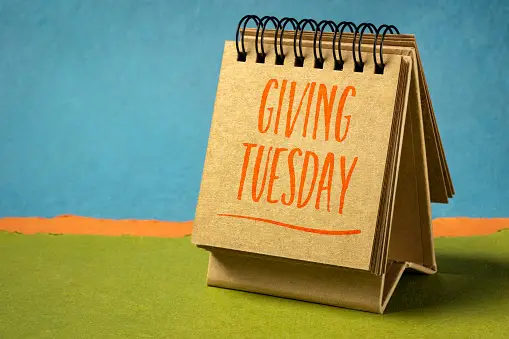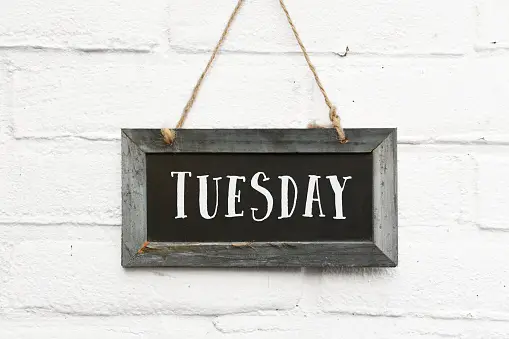A grant calendar is a tool for keeping track of grant funding. When requesting for funding and seeking for funding, your organization will use this tool.
Creating a grant calendar for a nonprofit is an easy and effective method to stay on track, boost productivity, and raise much-needed funding.

A grant calendar template allows you to keep track of all of your grants in one spot. Maintaining a grant monitoring calendar is a great method to stay on top of deadlines because you’ll have a running record of the grants you’ve applied for, as well as contact information and a history of funds received.
In this post, you’ll discover how to create your own grant calendar template in an easy manner.
You’ll use a grant calendar to keep track of all current and prior grant applications. It’s also the place to put critical grant information. You can keep focused on fundraising methods and forthcoming possibilities with grant calendars.
Grant Calendars are Important for 5 Reasons
- Maintain a central repository for all grant applications.
- Conduct research for grant applications.
- Keep track of important dates such as: Informational workshops or webinars, Any internal meetings that are relevant, Imminent deadlines
- Keep track of duties related to: Project deadlines, Important recollections, Approval procedures inside the organization, Contact information that is relevant
- Keeps track of the work you’ve completed and the tasks you’re working on.
How to create a Successful Grant Calendar Template
Creating a grant calendar template will be a one-of-a-kind experience for each organization. Here are some concrete actions your organization can take to get started:
- Determine how to distinguish between the fiscal and annual years.
- Determine whether the deadlines for grant applications are fixed or flexible.
- Determine which projects require funding and when that funding is required.
Grant Calendars are updated on a regular basis and distributed to the rest of the team. As your fiscal year develops, you should update them. You’ll build grant-seeking strategies and research methods using a grant tracking spreadsheet template.
Because this method is repeatable and scalable, systematizing it allows you to better acquire funding.
What Should Your Grant Calendar Template Contain?
Grant calendar templates should incorporate pertinent grant-related information.
It’s wise to start with what you know when creating a grant schedule.
Examine and evaluate your present grant funders first. Many supporters frequently give to the same organizations. However, there may be limitations on how many times a nonprofit organization can apply for a grant. Keep this in mind while entering them into your grant tracking schedule.
It’s critical to go over any grants that have been declined. Include declined grants unless there are restrictions on how many times you may apply to a grant cycle. A rejection can be triggered by a variety of circumstances, none of which are personal. Continue to apply in the following application cycle to be positive and consistent.
Finally, conduct research and apply for fresh grants. Make grant-seeking a regular component of your grant-writing schedule.
Consider requesting a review of the grant tracking calendar from your board of directors. There may be connections through the board, or they may have suggestions for opportunities. This is a fantastic approach to leverage networks and increase board participation.
Creating a Grant Calendar: Step-by-Step Instructions

The following are a few of the suggestions:
- Update on a regular basis. Whatever grant calendar tool you pick, you’ll need to update your calendars at least once a year to reflect changes in your situation.
- Be realistic in your expectations. It’s important to make sure that your goals and efforts are focused on achieving them. Make sure your efforts and objectives are in line with your present demands and resources.
- Always conduct thorough research. It always helps to have all of the essential facts to back up the statements you wish to make when trying to acquire grants and financing. Research also aids in gaining a better understanding of your potential sponsors.
- Assign sponsors to certain initiatives. You must have a thorough understanding of your sponsors in order to determine which initiatives would be of interest to them. To that end, you must ensure that your sponsors are paying for those specific projects in order to ensure their support.
With these insights, you should be able to better grasp how grant calendars work and create your own adaptable calendars to meet your specific requirements.
Include the following in your grant calendar template:
You may want to include other details in your grant tracking spreadsheet template, such as:
- Deadlines for internal projects
- Project milestones or team check-ins that are scheduled
- The submission procedure (how and where to apply)
- The grant’s value
- What is the purpose of the grant?
- What will the monies be used for?
- Conduct research about the grant’s organization:
– Grant recipients in the past
– What types of projects or places do they usually fund?
– The organization’s mission and the people who work there
- Writer/point person for grants
- The project’s current status
- Notes that are relevant
- If any (or possible) board member links exist.
- Deadline for submission
- The amount raised or the outcome
What You Shouldn’t Put in Your Grants Calendar Template:
- Grants that aren’t relevant to your organization or contain rules that would make you ineligible to apply. Keep your focus short and to the point.
- Any notes or talks that are distracting.
- Incomplete or incorrect information (e.g. deadline dates, contact information).
- Information that has become obsolete.
- Unrealistic expectations – think about the various events and initiatives your company is working on (such gala events) and try to plan ahead of busy internal seasons.
- Your grant writing calendar should be a resource that is tailored to your specific requirements.
- Internal organization standards, such as technology and style guides, should be considered.
- Manage your grant writing calendar while maintaining clear and simple information. Consider this to be a living document. It’s not something you set up and then forget about. It’s a technique and plan for raising funds.
- Making time for adding to, continuing, and reviewing our grant schedules maximizes efficiency. A grant schedule can be thought of as a template. It’s where we keep track of all of our fundraising efforts. By the way, if you’re having trouble managing your time, you might find these 5 time-saving grants productivity ideas helpful
In conclusion:
A grant calendar serves as an organized guide for both you and your fundraising team. This enables funders to support your charity, its mission, and our communities to the greatest extent possible. Always keep focused on the forthcoming tasks by using a grant monitoring calendar




